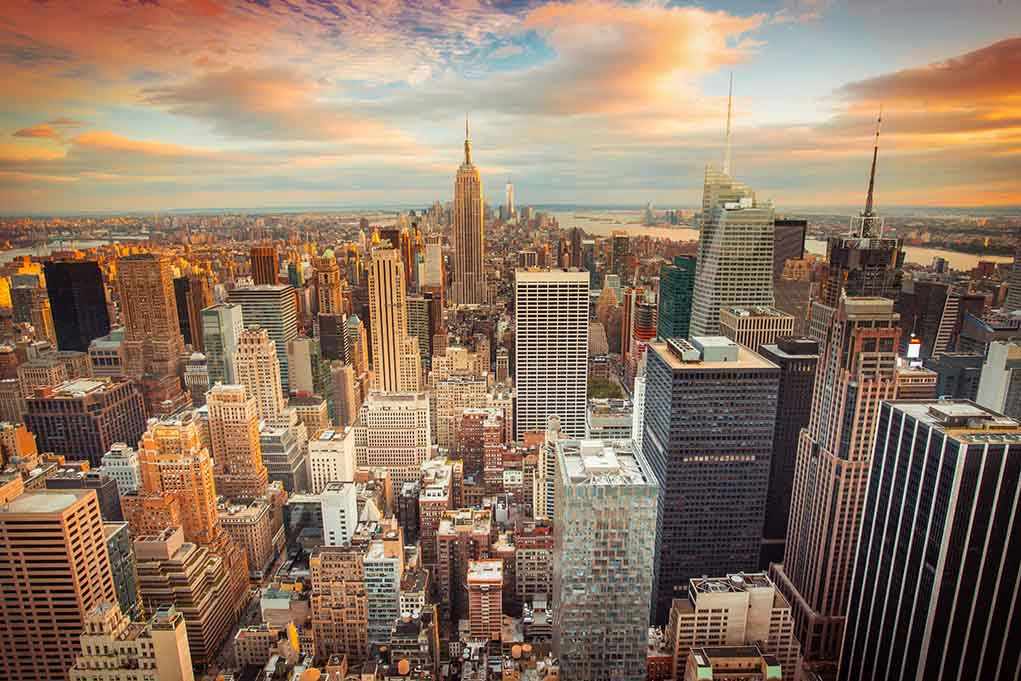
New York City’s latest far-left traffic scheme could wipe out 300,000 parking spots and stick taxpayers with a staggering $3 billion bill, all in the name of “pedestrian safety.”
Story Snapshot
- NYC Council fast-tracks a bill to eliminate 300,000 on-street parking spaces across all five boroughs
- Taxpayers could be forced to cough up $3 billion for infrastructure changes
- Progressive politicians push “universal daylighting” as a safety measure despite city’s unique parking needs
- DOT warns the plan may backfire, straining budgets and possibly undermining safety goals
Progressive Agenda Threatens NYC Parking and Taxpayers
The New York City Council, led by its hard-left Progressive Caucus, is barreling ahead with a bill that would ban parking within 20 feet of every intersection in the city. This “universal daylighting” measure, sold as a magic bullet for pedestrian safety, is set to eliminate roughly 300,000 on-street parking spaces. For a city already notorious for impossible parking and sky-high living costs, this proposal reads like a direct attack on anyone who owns a car, runs a small business, or just tries to get by without being a pawn in the progressive war on common sense. If that’s not enough, the city’s own Department of Transportation (DOT) says this boondoggle will cost taxpayers up to $3 billion—money that could fix roads, fund police, or help struggling families. Instead, it’s earmarked for curb extensions, barriers, and bureaucratic “safety” theater that does little for the people who actually live here.
This is the latest sign that the far-left hasn’t learned a thing from years of backlash against anti-car, anti-taxpayer policies. While the rest of the country is moving on, New York’s City Council is doubling down on the very ideas that drove voters to the polls for a red wave in 2024. The bill is being rammed through committee hearings, with a final vote expected by the end of 2025, despite warnings from experts and outrage from everyday New Yorkers.
Safety Spin, Fiscal Disaster
Supporters of the daylighting bill, including its sponsor Council Member Julie Won, rely on tragic headlines—pedestrian fatalities, heartbreaking accidents—to justify the sweeping parking ban. They argue that removing cars from intersections will make city streets safer for walkers and cyclists. But here’s the kicker: New York City has always been the exception to the state’s daylighting law, precisely because of its density and unique parking crunch. The city’s own Vision Zero program, launched a decade ago to eliminate traffic deaths, has already resulted in extensive redesigns and stricter enforcement. Yet, despite modest improvements, the Council is now chasing a one-size-fits-all “solution” that ignores local realities and, according to the DOT, could actually backfire.
The DOT has sounded the alarm about unintended consequences. Not only will drivers circle for longer looking for parking—wasting gas, clogging streets, and raising everyone’s blood pressure—but the supposed safety benefits may be overstated. Other cities have tried daylighting, but none on this scale. And for all the progressive posturing, the numbers just don’t add up. At a time when inflation and city spending are out of control, is this really the best use of $3 billion in public funds?
Drivers, Businesses, and Taxpayers Left in the Cold
The people who will pay the steepest price for this progressive experiment aren’t politicians or activists—they’re working families, small business owners, and anyone who depends on a car for their livelihood. Outer borough neighborhoods, where public transit options are limited and off-street parking is scarce, will be hit the hardest. Delivery drivers, contractors, and parents juggling busy schedules will face even more headaches. Local businesses, already battered by post-pandemic chaos and soaring rents, could lose customers who simply give up trying to park. Meanwhile, taxpayers citywide will be left footing the bill for a plan that does nothing to address the city’s real safety challenges—like reckless e-bike riders, unlicensed scooters, and rampant lawlessness.
For all the talk of safety, progressive politicians seem more interested in virtue signaling than real solutions. The loss of 300,000 parking spots isn’t just an inconvenience—it’s a direct assault on the city’s working class, all justified by fuzzy math and pie-in-the-sky promises.
Public Outcry and Political Consequences
Opposition is mounting as news of the plan spreads. Drivers are furious. Small business owners are organizing. Community leaders are warning of increased congestion, lost business, and declining quality of life. The DOT, normally a reliable ally to progressive causes, is openly questioning the wisdom and feasibility of this massive overhaul. Even advocates for pedestrian safety concede that a transition of this magnitude would require careful planning and public buy-in—two things sorely lacking in the Council’s rush to pass the bill.
The real story here is the disconnect between New York’s progressive political class and the people they’re supposed to represent. While the left obsesses over abstract safety statistics and photo ops, regular New Yorkers are demanding practical, affordable, and effective solutions to the city’s real problems. This daylighting bill is shaping up to be a litmus test for common sense—and a rallying cry for those tired of being taxed, regulated, and lectured by out-of-touch ideologues.













